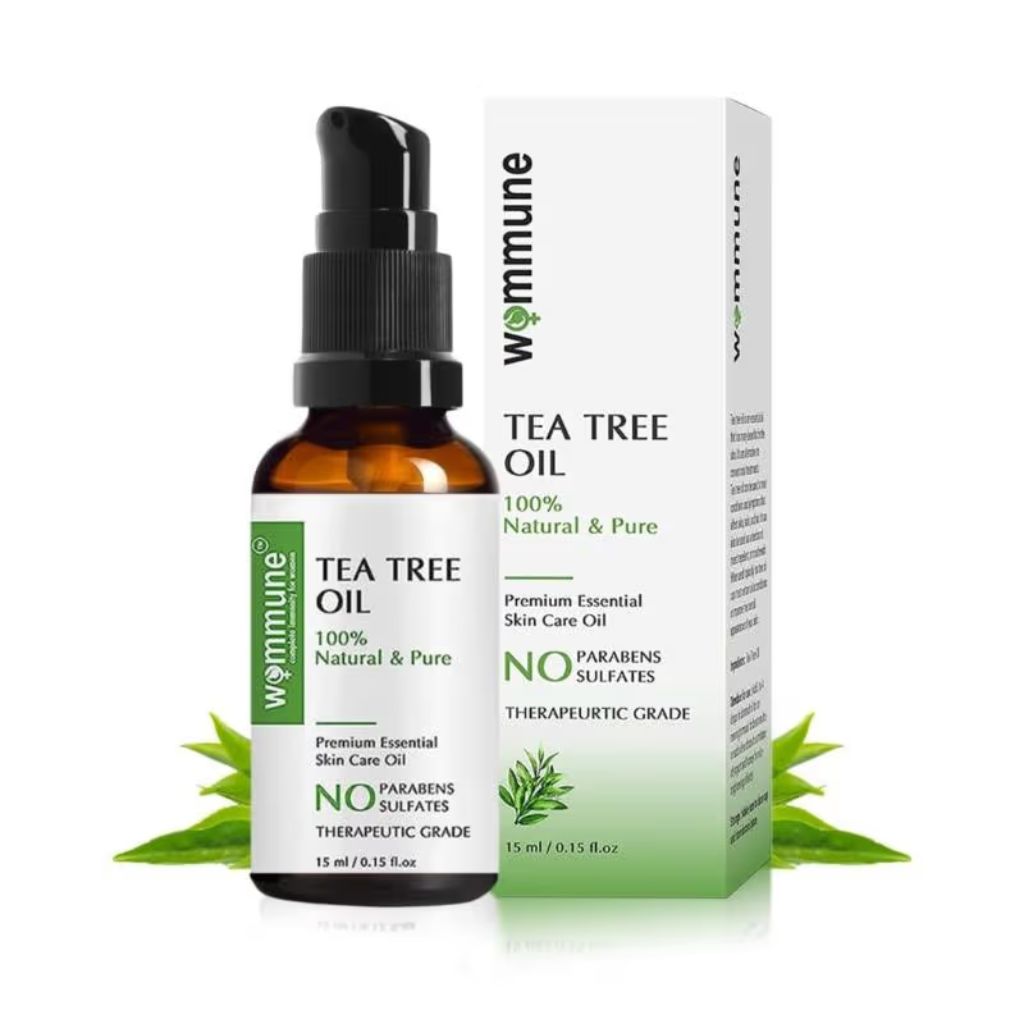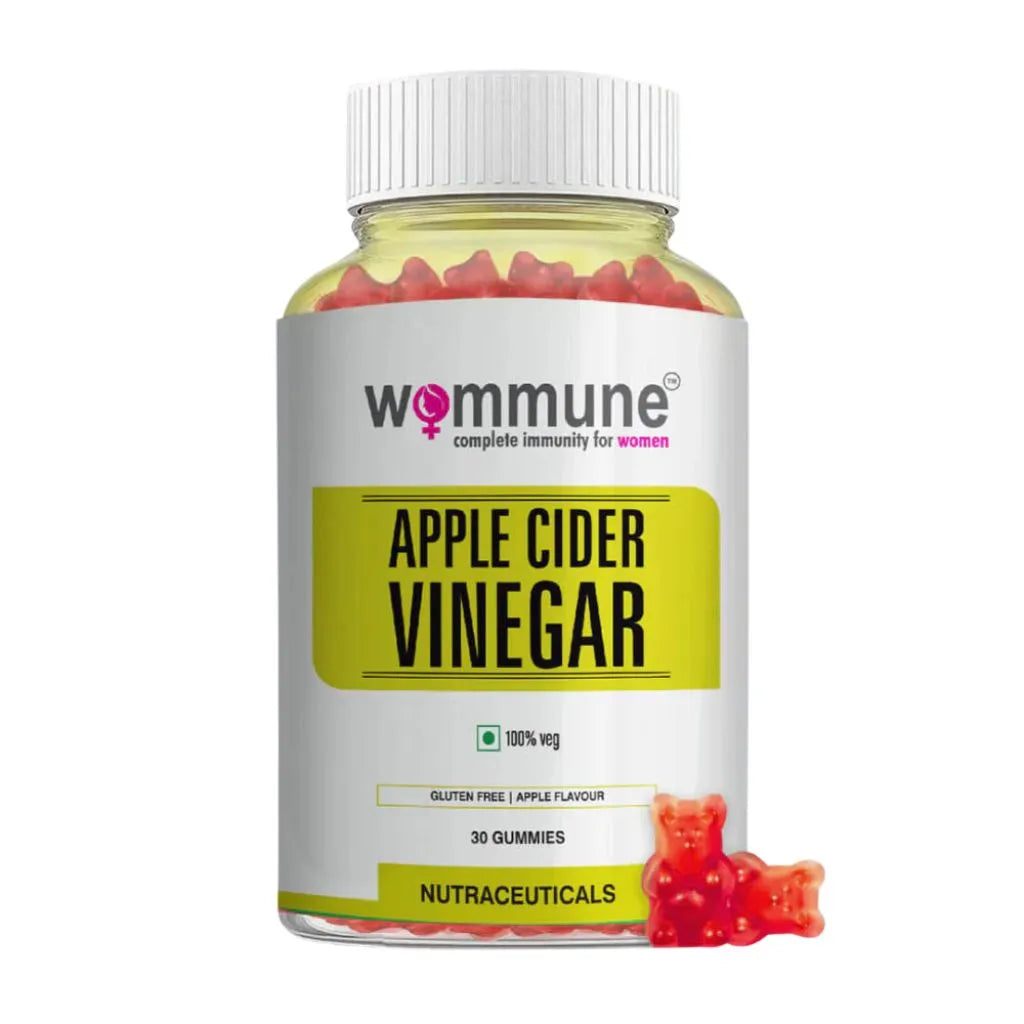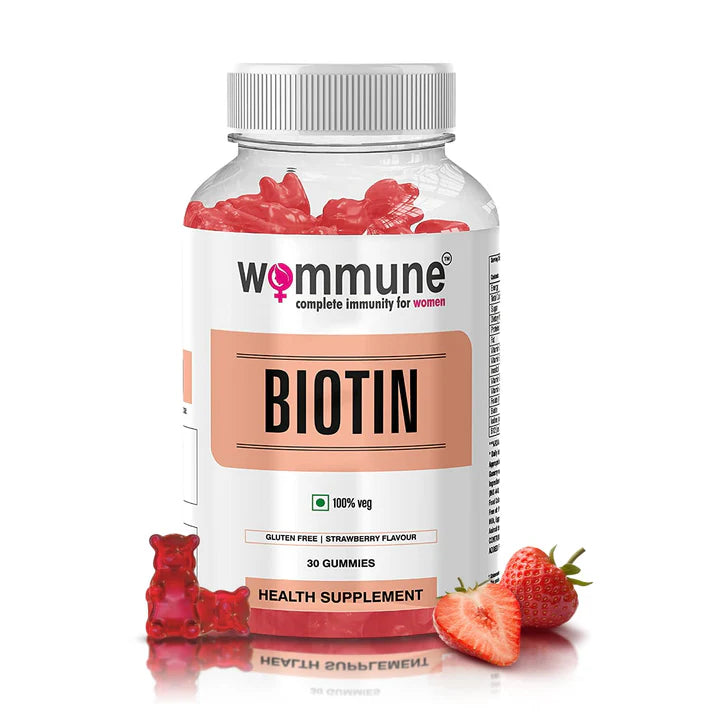Walk into any Indian pharmacy and you'll find shelves lined with chemical acne treatments promising clear skin in days. Walk into any organic store and you'll find tea tree oil being marketed as nature's acne cure. But which one actually works better for Indian skin? The answer might surprise you.
After years of research into skincare ingredients and their effects on Indian skin types, I've discovered that the debate itself is missing the point. The real question isn't whether natural or chemical treatments are superior, but understanding when and how to use each approach effectively.
The Indian Skin Context
Before diving into comparisons, we need to acknowledge something important: Indian skin faces unique challenges that generic skincare advice often ignores. Our tropical climate, pollution levels, dietary patterns, and genetic predispositions create a specific set of skin concerns that require targeted solutions.
Indian skin tends to be more resilient to sun damage due to higher melanin content, but it's also more prone to hyperpigmentation, has higher sebum production in humid climates, and often reacts differently to active ingredients compared to skin types that most Western skincare research focuses on.
This context matters because what works for someone in a temperate climate with different skin characteristics might not work the same way for Indian skin.
Tea Tree Oil: The Natural Antimicrobial
Tea tree oil has been used for centuries as a natural antimicrobial agent, and there's solid scientific evidence supporting its effectiveness for certain skin conditions. Studies show that 5% tea tree oil can be as effective as 5% benzoyl peroxide for treating mild to moderate acne, but with fewer side effects.
Here's what makes tea tree oil particularly interesting for Indian skin:
Natural Antimicrobial Properties: It kills acne-causing bacteria without disrupting the skin's natural microbiome as severely as some chemical treatments do.
Anti-inflammatory Effects: This is particularly relevant for Indian skin, which tends to show inflammation as hyperpigmentation that can last for months.
Less Drying: Chemical acne treatments often over-dry the skin, which can trigger rebound oil production. Tea tree oil provides antimicrobial benefits without completely stripping the skin.
Sun Sensitivity: Unlike many chemical treatments, pure tea tree oil doesn't increase sun sensitivity, which is crucial given India's intense UV exposure.
Chemical Treatments: The Heavy Artillery
Chemical acne treatments like salicylic acid, benzoyl peroxide, and retinoids work through different mechanisms and can be incredibly effective for severe acne cases. They're called "chemical" not because they're artificial, but because they work through specific chemical processes in the skin.
For Indian skin specifically, chemical treatments offer:
Predictable Potency: The concentration and effectiveness are standardized, so you know exactly what you're getting.
Research-Backed Formulations: These ingredients have extensive clinical research supporting their use for various skin conditions.
Targeted Action: Different chemicals target different aspects of acne formation, from unclogging pores to reducing inflammation.
Faster Results: For severe acne, chemical treatments often work faster than natural alternatives.
The Reality Check
Here's what most comparisons don't tell you: tea tree oil and chemical treatments aren't necessarily competing solutions. They're different tools for different jobs.
Tea tree oil works best for:
-
Mild to moderate acne
-
Sensitive or reactive skin
-
Maintenance and prevention
-
Spot treatments for individual pimples
-
People who react poorly to chemical treatments
Chemical treatments work best for:
-
Severe, cystic acne
-
Stubborn blackheads and whiteheads
-
Cases where tea tree oil isn't strong enough
-
When you need rapid improvement for a specific event
-
Hormonal acne that requires stronger intervention
The Indian Climate Factor
This is where things get specifically relevant to Indian skin conditions. Our hot, humid climate creates perfect conditions for bacterial growth, but it also makes skin more sensitive to aggressive treatments.
Tea tree oil advantages in Indian climate:
-
Doesn't increase photosensitivity in intense sun
-
Natural antimicrobial properties work well in humid conditions
-
Less likely to cause excessive dryness that leads to rebound oil production
-
Can be used year-round without seasonal adjustments
Chemical treatment considerations in Indian climate:
-
Some increase sun sensitivity, requiring diligent sunscreen use
-
Can cause initial purging that's more noticeable in humid weather
-
May require seasonal adjustments in concentration
-
Air conditioning and pollution can affect how skin responds
The Quality Question
Here's where many people go wrong: they compare high-quality chemical treatments with low-quality essential oils, or vice versa. The effectiveness of any treatment depends heavily on quality, purity, and proper formulation.
For tea tree oil, quality markers include:
-
100% pure tea tree oil (Melaleuca alternifolia)
-
Proper dilution to 5-10% for facial use
-
Dark glass bottles to preserve potency
-
Recent production dates (essential oils degrade over time)
For chemical treatments, quality markers include:
-
Appropriate concentrations for your skin tolerance
-
pH-balanced formulations
-
Reputable manufacturers with proper testing
-
Products specifically formulated for your skin type
The Combination Approach
This might be controversial, but here's what I've observed works best for many Indian women: using both approaches strategically rather than choosing one exclusively.
A smart combination might look like:
-
Tea tree oil for daily maintenance and spot treatments
-
Chemical treatments for periodic deeper intervention
-
Tea tree oil during sensitive phases (like during menstruation)
-
Chemical treatments when you need faster results
This approach recognizes that your skin's needs change based on hormones, season, stress levels, and life circumstances.
Side Effects and Safety
Let's be honest about both approaches:
Tea tree oil side effects:
-
Can cause contact dermatitis in sensitive individuals
-
Must be properly diluted to avoid irritation
-
Quality varies significantly between brands
-
Can interact poorly with certain medications
Chemical treatment side effects:
-
Initial purging period where breakouts temporarily worsen
-
Increased sun sensitivity with many ingredients
-
Potential for over-drying and irritation
-
May not be suitable during pregnancy or breastfeeding
Making the Right Choice
Instead of asking which is "better," ask yourself:
What's your skin type? Sensitive skin might respond better to properly diluted tea tree oil, while resilient skin might handle chemical treatments well.
What's your acne severity? Mild breakouts might respond to tea tree oil, while severe cystic acne often needs chemical intervention.
What's your lifestyle? If you're often in the sun, tea tree oil might be safer. If you're diligent about sunscreen and have a consistent routine, chemical treatments might work better.
What's your timeline? Need results for an event next week? Chemical treatments work faster. Looking for long-term skin health? Tea tree oil might be more sustainable.
The Bottom Line
The tea tree oil vs chemical treatment debate misses the bigger picture. Both approaches have legitimate science behind them, and both can be effective when used properly for the right situations.
For Indian skin specifically, the combination of our climate, genetic factors, and lifestyle considerations means that a flexible approach often works better than rigid adherence to either "natural" or "chemical" camps.
The best treatment is the one that works for your specific skin, in your specific environment, with your specific lifestyle. Sometimes that's tea tree oil. Sometimes it's benzoyl peroxide. Often, it's a thoughtful combination of both.
Your skin doesn't care whether an ingredient is natural or synthetic. It only cares whether that ingredient helps it function better and look healthier.
This article is for informational purposes only and should not replace professional medical advice. Always patch-test new treatments and consult with a dermatologist for persistent or severe acne concerns.




